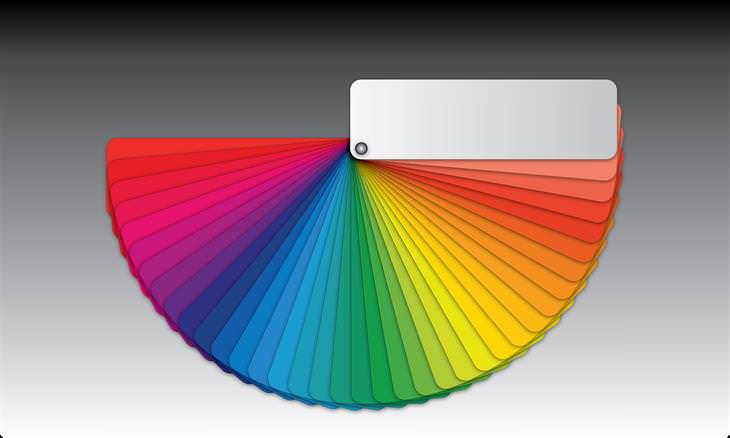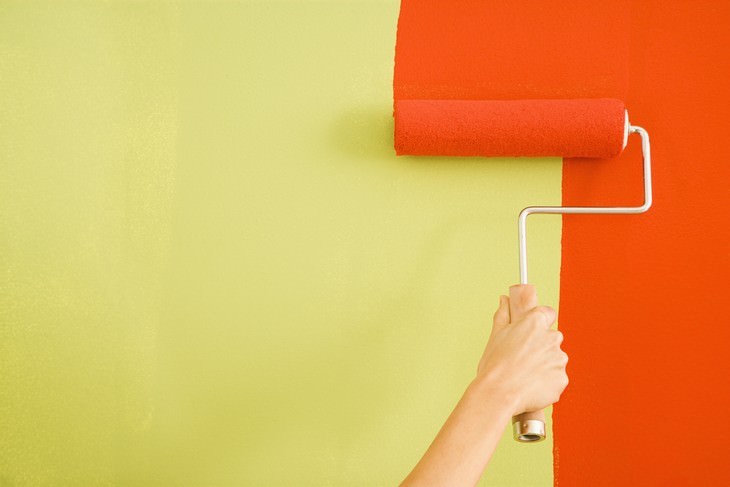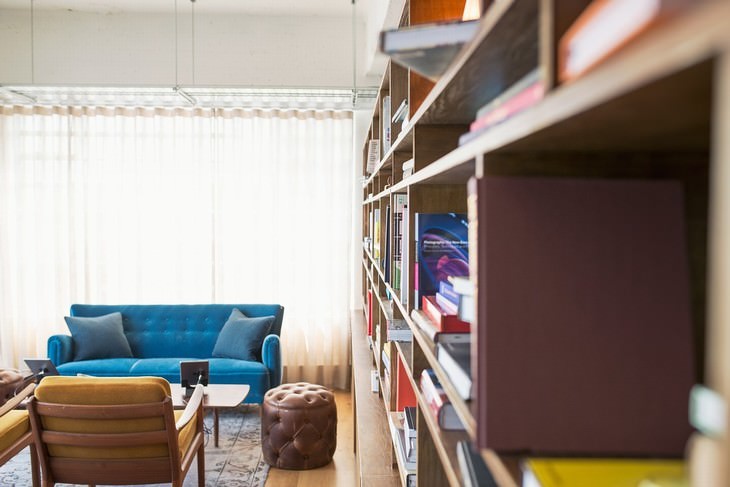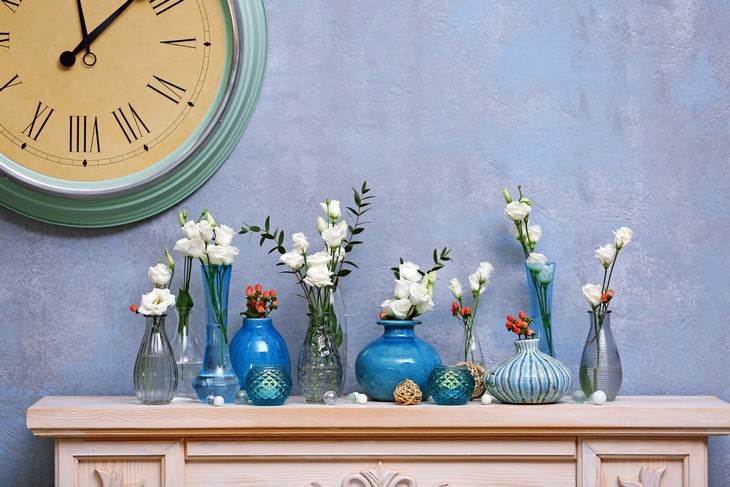There is a reason why humans perceive color, it’s an evolutionary advantage, one that we can make use of even now when we no longer need to survive in a highly competitive natural world. For thousands of years, we have developed and sharpened very strong emotional associations with specific colors, and these associations trigger an emotional response and affect our mood.
This story becomes even more interesting when we understand that there is a lot of space for individual variation. I, for one, love bright orange, and I associate no other color so strongly with home, simply because one of the walls in my parents’ living room was bright orange as I was growing up.
You, too, have your own positive and negative associations with specific colors and tones, and these emotional connection shape your life more than you might think. The science of color therapy is here to help us understand and make use of our personal emotional color charts.
How Colors Can Affect Our Mood
Let’s start with an experiment, one that was conducted in the 1960s by psychologist Alexander Schauss. Schauss painted the walls of several prisons into a pleasant pink color, now commonly known as Baker-Miller pink, named after the first room he painted in a correctional facility in Seattle.
The idea behind this was that looking at the pink color, it will influence their behavior, and it did. The color had both a psychological and physiological effect on the prisoners: they were less aggressive and violent, and even had lower blood pressure and heart rate after just looking at pink walls for some time.
This and other observations and research birthed a whole new subdiscipline in psychology, and now scientists believe that it is possible to help patients with specific conditions, such as anxiety or depression, by introducing colors they associate with positive emotions into their homes.
There is also some general agreement in the scientific community as to which colors have a positive effect on our mood:
- Warmer colors and tones are more uplifting, whereas cooler ones will have a more calming effect. So, think blue for calming, and red for energy.
- The second rule of thumb color psychologists usually give to clients is that the color has to be quite vibrant to have a marked effect on your mood.
This means that pastels, light peaches, and beiges will most likely do next to nothing, but these colors can be a great complement or base in your interior, and in this case, the bright elements in the interior will stand out beautifully and do their job at boosting your mood equally well.
- The third thing to keep in mind is that color associations can be dependent on the society you’re part of as well, the most eye-catching example being that in Korea white is the color of mourning, whereas this role is reserved for black in virtually all European countries.
How to Introduce Color Into Your Home
Now that you know how to choose a color that would lift your mood, you have to decide where and how to add it to your home.
The obvious idea is to just follow the steps of scientists and paint the walls in your home. If you decide to do so, keep in mind that the function of the room has to correlate with the emotions you want to evoke.
So, for example, it is probably a bad idea to paint your bedroom walls turquoise if you associate this color with feeling energetic and inspired since it will make it difficult for you to relax and unwind.
The same color would reach its full potential in an office or living room, which is where you need that extra energy boost.
The changes don’t have to be so dramatic, especially if you’re not so sure about a color’s effect, or if you simply don’t want to spend a lot of money and invest a lot of time, but you still need the added benefits of color therapy.
So set the paint bucket aside and think what interior objects catch your eye and/or are dear to you. Buying new furniture is an option: just look at the marvelous intense blue couch in the picture above. You can also invest in smaller pieces, like a coffee table, a pouf or a coat hanger.
It is possible to think even smaller and buy small decorative pieces, which is what I advise if you're still not sure if you want to incorporate bright colors into your interior. I personally love textiles, especially pillows, so I recently added 2 new berry pink pillows with a geometrical design to my living room couch, which perked up the whole room, and my mood as well.
Colorful curtains, vases, picture frames and other elements of decor will work just as well. Finally, I want to give you even more color guidelines, so here is a list of basic colors and their effects. Mix and match the colors as you wish and have fun!
The Color White
- purity
- innocence
- cleanliness
- sense of space
- neutrality
- mourning (in some cultures)
The Color Black
- authority
- power
- strength
- malice
- intelligence
- thinning/ slimming
- death or mourning (in some cultures)
The Color Gray
- neutral
- timeless
- practical
- boring
- sad
The Color Red
- love
- romance
- gentle
- warmth
- comfort
- energy
- excitement
- intensity
- life
- blood
- danger
The Color Orange
- happy
- energetic
- excitement
- enthusiasm
- warmth
- wealth prosperity
- sophistication
- change
- stimulation
The Color Yellow
- happiness
- laughter
- cheery
- warmth
- optimism
- hunger
- intensity
- frustration
- anger
- attention-seeking
The Color Green
- natural
- cool
- growth
- money
- health
- envy
- tranquility
- harmony
- calmness
- fertility
The Color Blue
- calmness
- serenity
- cold
- uncaring
- wisdom
- loyalty
- truth
- focused
- un-appetizing
The Color Purple
- royalty
- wealth
- sophistication
- wisdom
- exotic
- spiritual
- prosperity
- respect
- mystery
The Color Brown
- reliability
- stability
- friendship
- sadness
- warmth
- comfort
- security
- natural
- organic
- mourning (in some cultures)
The Color Pink
- romance
- love
- gentle
- calming
H/T: healthline, arttherapyblog




